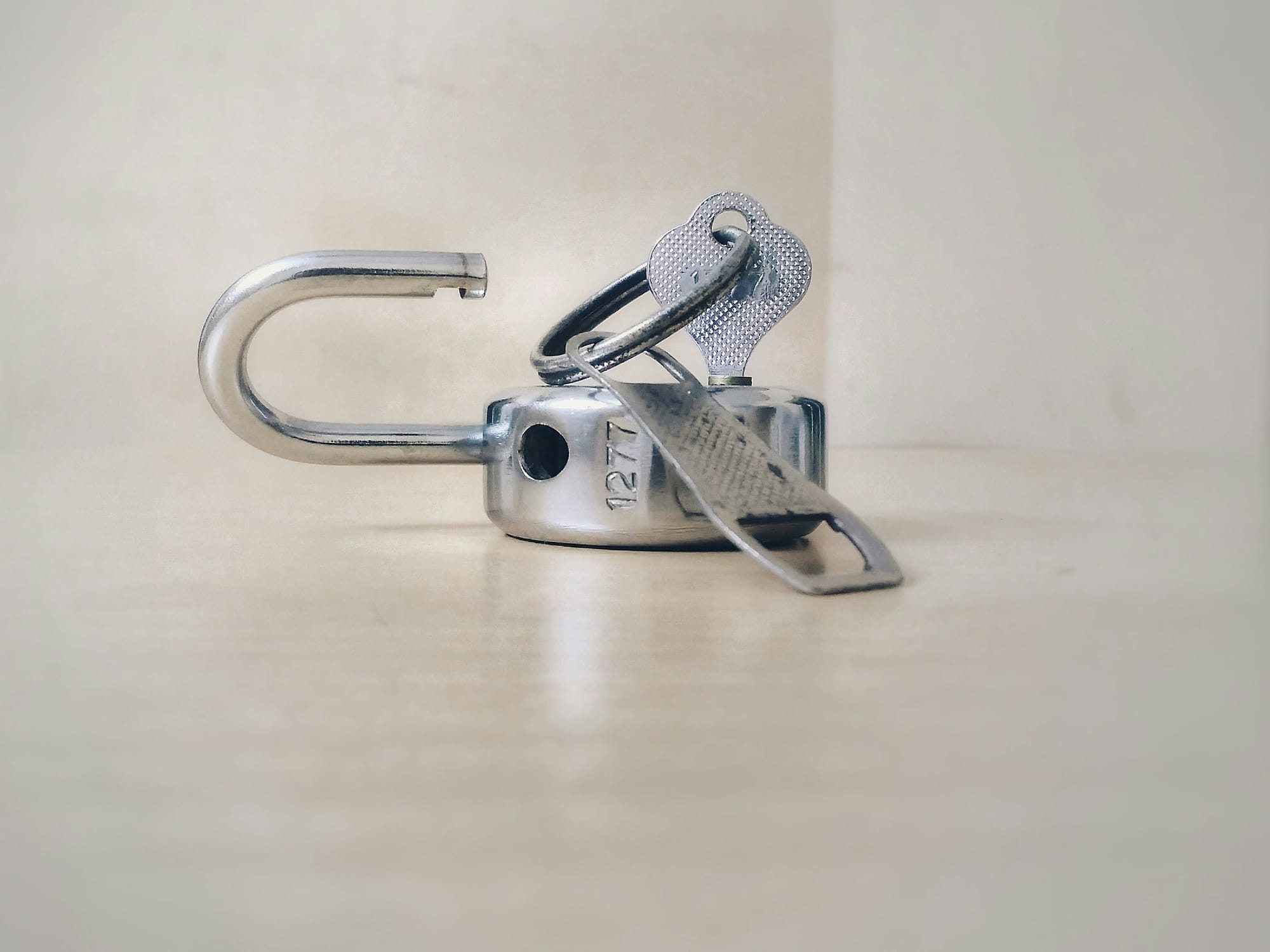
Ecommerce optimization - strategies to boost your online store's performance

In the competitive world of ecommerce, optimization is key to staying ahead. Whether you're running an online retail business or a SaaS company with a strong ecommerce component, ensuring your website performs at its best can directly impact sales, customer satisfaction, and long-term growth.
Ecommerce optimization encompasses a range of strategies, from enhancing website speed to improving the quality of your content and user experience. This article will guide you through the most effective ecommerce website optimization tactics to help you maximize your online potential.
1. Enhance your site speed for better user experience
One of the foundational elements of ecommerce website optimization is improving site speed. Slow-loading websites drive users away and can have a significant negative impact on conversion rates. Studies show that a one-second delay in page load time can result in a 7% decrease in conversions. This makes it crucial to ensure your website loads quickly and efficiently.
- Optimize images. Compress images to reduce their file size without compromising quality. Tools like TinyPNG or ImageOptim can help streamline this process.
- Leverage browser caching. Enable browser caching so that returning visitors don't need to reload your entire website, reducing load times.
- Use Content Delivery Networks (CDNs). CDNs store your website data in multiple locations worldwide, allowing users to access it faster no matter where they're located.
A faster website not only improves user experience but also boosts search engine rankings. Google uses site speed as a ranking factor, making this a crucial element of your overall ecommerce optimization efforts.
- Top Tip: use ConversionWax to handle these steps automatically whilst also personalizing and scheduling your visual content!
2. Optimize the mobile experience
With mobile commerce continually rising, it's essential to focus on ecommerce website optimization for mobile devices. In fact, more than half of all online shopping is done on smartphones. If your ecommerce website isn't optimized for mobile, you're missing out on a huge segment of potential customers.
- Responsive design. Make sure your site automatically adjusts to fit any screen size, whether on a mobile phone, tablet, or desktop.
- Simplify the navigation. Mobile users prefer simplicity. Use collapsible menus and minimize distractions to help them find what they're looking for quickly.
- Mobile checkout. Streamline the mobile checkout process - offering guest checkout and reducing the number of form fields will reduce friction and cart abandonment on mobile.
Improving mobile usability is an essential part of ecommerce optimization, particularly as mobile commerce continues to grow rapidly.
3. Focus on ecommerce content optimization
Content plays a pivotal role in ecommerce success, not only for engaging users but also for improving search engine visibility. Ecommerce content optimization involves ensuring that product descriptions, blogs, category pages, and other key sections are optimized for search engines while also delivering value to your customers.
- SEO-friendly product descriptions. Each product should have a unique, well-written description that includes relevant keywords. Avoid simply copying manufacturer descriptions, as this can lead to duplicate content penalties from search engines.
- Engaging content. Write content that speaks directly to your target audience’s pain points and needs. In addition to product descriptions, consider adding buyer guides, FAQs, and related blog posts to help customers make informed decisions.
- Internal linking. Link between relevant product pages, category pages, and blog content. Internal links improve user navigation and help search engines understand the structure of your site.
Well-optimized content not only helps with SEO but also improves user engagement, which in turn can lead to higher conversions.
4. Streamline the checkout process
A complicated checkout process can be a major barrier to conversions. One of the most impactful ecommerce optimization strategies is to reduce friction at this stage of the customer journey.
- Simplify forms. Minimize the number of fields that users need to fill out. Only ask for essential information.
- Offer multiple payment options. Make it easy for customers to pay by offering a range of payment methods, including credit cards, PayPal, and digital wallets like Apple Pay or Google Pay.
- Add trust signals. Security badges, SSL certification, and transparent return policies can help build trust and reassure customers that their personal and payment information is secure.
The smoother and more intuitive your checkout process, the more likely customers will complete their purchases.
5. Personalization and user experience
Personalizing the shopping experience can make a huge difference in conversion rates. Tailoring content and product recommendations to each individual customer helps increase engagement and sales.
- Personalized product recommendations. Use customer data, such as previous purchases and browsing history, to offer relevant product suggestions.
- Dynamic content. Adjust homepage banners, popups, and even email content based on a customer’s location, behavior, or preferences. You can use ConversionWax to do this.
- Retargeting. Use retargeting ads to reach out to customers who have visited your website but did not complete a purchase. This can be particularly effective when combined with personalized messaging and offers.
A personalized shopping experience is an increasingly important part of ecommerce website optimization, helping you foster loyalty and drive repeat business.
6. Implement A/B testing for continuous improvement
Optimization is never a one-time effort. Regular A/B testing allows you to continuously refine different aspects of your website and content to boost performance.
- Test different elements. From call-to-action buttons to product page layouts, A/B testing enables you to determine what works best for your audience.
- Analyze results. Use analytics tools like Google Analytics, Crazy Egg, or Hotjar to track user behavior and understand where they drop off or get stuck.
- Optimize based on data. Make data-driven decisions to improve performance across your website, from product pages to the checkout process.
By continually testing and optimizing, you can ensure your ecommerce store remains competitive and delivers an excellent user experience.
Optimization ready
Ecommerce optimization is a multifaceted process that involves improving website speed, content, mobile experience, and personalization to create a seamless and engaging shopping experience for your customers. Whether you’re focusing on ecommerce content optimization or streamlining the checkout process, each element contributes to overall site performance and customer satisfaction. By consistently refining these areas, you can enhance your online store’s effectiveness and drive more conversions.
Use ConversionWax to help you
-

Unlock the benefits of website personalization
-
Ecommerce conversion best practices - reach your store’s full potential
-

How to - increase your website sales
-

Your ultimate Conversion Rate Optimization checklist
-

How to: complete a Conversion Rate Optimization audit
-

An easy guide to ecommerce website optimization
-

Your guide to Conversion Rate Optimization best practices
-

Landing page optimization - maximizing your conversions
-

Mastering ecommerce product page optimization
-

Website performance optimization techniques to boost your online business
-

Benefits of website personalization for online businesses
-

How to improve your ecommerce checkout conversion
-

Crafting a winning Conversion Rate Optimisation strategy
-

What is a good website conversion rate? Understanding your metrics
-

Customized targeting - boosting conversions with precision marketing
